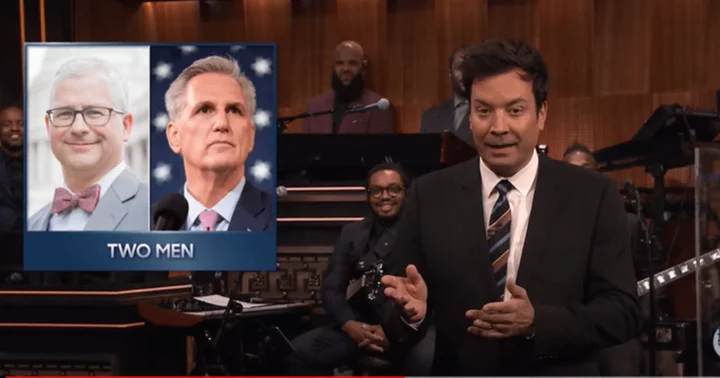Sixty years since the signing of the Equal Pay Act, wage gaps along gender and racial lines still persist — and they’ve cost American women $61 trillion since 1967.
That’s according to a new report by the Center for American Progress, a progressive think tank. The paper looks at the narrowing of the gender wage gap in the US since the Equal Pay Act was signed into law in 1963. Some measurable progress has been made: women who worked year-round and full-time in 2021 earned 84 cents to their male counterparts’ dollar, up from only 59 cents in 1963, for example. Add in part-time and seasonal workers, and the wage gap widens even further, to 77 cents to the dollar in 2021.
But the paper notes that the median of those women aren’t expected to earn what their male counterparts do until 2056 and it will take even longer for the gap to close for women of color. Full-time Latina workers in 2021 earned 57 cents compared to their white male counterparts’ dollar, and full-time Black women workers earned 67 cents to that dollar.
In all, the gap adds up to a loss of $9,954 in wages per year for full-time, year-round female workers. The gap widens further when you account for part-time workers, to $11,782 per year. Bureau of Labor Statistics data show that women are more likely than their male counterparts to work part-time.
Read more: How Workers Are Using New Salary Transparency Laws to Land Raises
“That is a complete negative for women’s economic security,” said Rose Khattar, the director of economic analysis at the Center for American Progress. “That’s lost wages that could have been injected in the economy in the form of consumer spending. That’s wages that women could have used in terms of investments to build up their wealth.”
An analysis of the pay gap published by Pew Research Center in March found that younger workers have a narrower wage gap than their older counterparts, though Khattar cautioned that wage gaps widen over time. The report noted that while women have made gains in higher-paying jobs, they’re still overrepresented in lower-paying roles overall. City- and state-level pay transparency laws are meant to help close the gap as workers search for new jobs.
The wage gap is also growing for never-married women, a March report from Wells Fargo found.
“It really impacts the way women are able to participate in the economy, more broadly,” Khattar said. “And it also limits our economic activity as a country.”
(Adds context to second and second-to-last paragraphs.)









